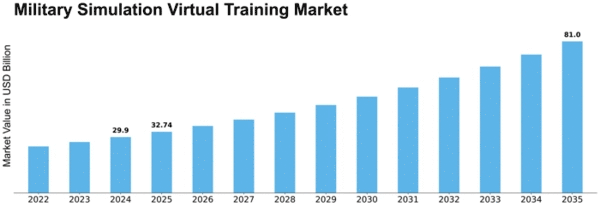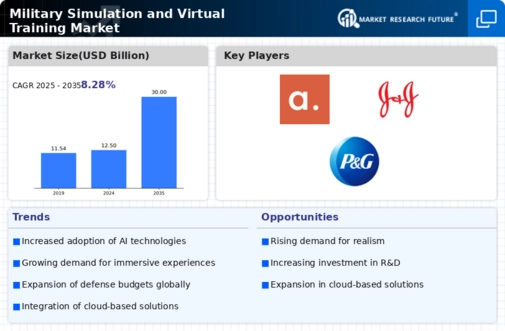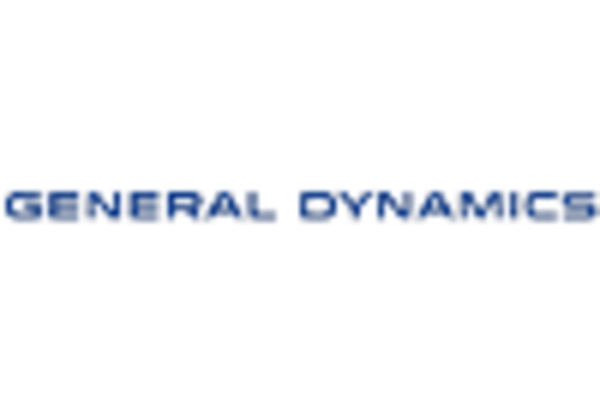Military Simulation Virtual Training Size
Military Simulation Virtual Training Market Growth Projections and Opportunities
The global Unmanned Aerial Vehicle (UAV) market has experienced substantial growth in recent years, and projections indicate that it is poised to reach USD 52,225.7 million by 2030, exhibiting a Compound Annual Growth Rate (CAGR) of 9.8% during the forecast period from 2022 to 2030, according to Market Research Future (MRFR). This remarkable growth can be attributed to the rapid adoption of cutting-edge technologies, including artificial intelligence (AI), cloud computing, and sense and avoid systems, within the UAV sector.
The integration of AI technologies has significantly enhanced the capabilities of UAVs, improving their security features and flight performance. These advancements enable UAVs to execute tasks such as seamless takeoff, data capture, analysis, navigation, and data transmission autonomously, without requiring human intervention. The global UAV market is expected to witness increased demand driven by these technological incorporations in the coming years.
A significant market driver for UAVs in the foreseeable future is the expanding usage of commercial drones. While UAVs have traditionally been utilized for border security operations, their applications now extend to various commercial purposes, including aerial photography and product delivery. The growing affordability of drones designed for commercial photography is anticipated to further boost the global UAV market.
The segmentation of the global UAV market is based on Type, Capacity, Component, End User, and Region. In terms of Type, the market is categorized into Fixed-Wing and Rotary-Wing. Capacity segmentation includes up to 100 kg and over 100 kg. The market is further divided by Component into Airframe, Payload, Guidance Navigation & Control, and Propulsion System. The End User segment encompasses Consumer, Commercial, and Military, with the Commercial category further sub-divided into Agriculture, Construction & Infrastructure, Law Enforcement & Security, Oil & Gas, Mining, Media & Entertainment, Logistics, Energy & Utilities, and Others. Geographically, the market is segmented into North America, Europe, Asia-Pacific, Middle East & Africa, and South America.
Throughout the study, MRFR conducted an analysis of major players contributing significantly to the global UAV market's growth. Key players such as DJI, General Atomics, Airbus SAS, Thales Group, and Northrop Grumman Corporation were identified for their substantial contributions. These industry leaders focus on innovating their product offerings, investing in research and development to introduce cost-effective UAV solutions that enhance efficiency, cover a broad range of applications, and cater to diverse client needs. To enhance their market share, these players engage in strategic initiatives such as partnerships, mergers & acquisitions, product developments, expanding global reach, and strengthening client relationships. The aim is to solidify their positions in the competitive UAV market, offering flexible and reliable products and services.
In conclusion, the global UAV market is on a trajectory of significant growth, driven by technological advancements and expanding commercial applications. As key players continue to innovate and strategically position themselves, the UAV industry is set to witness continued development, with diverse applications across various sectors and regions.



















Leave a Comment